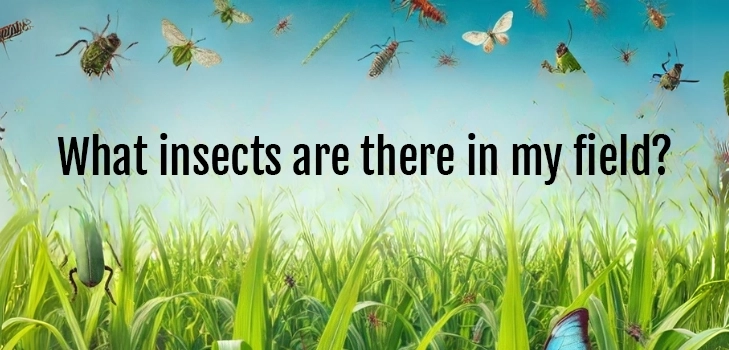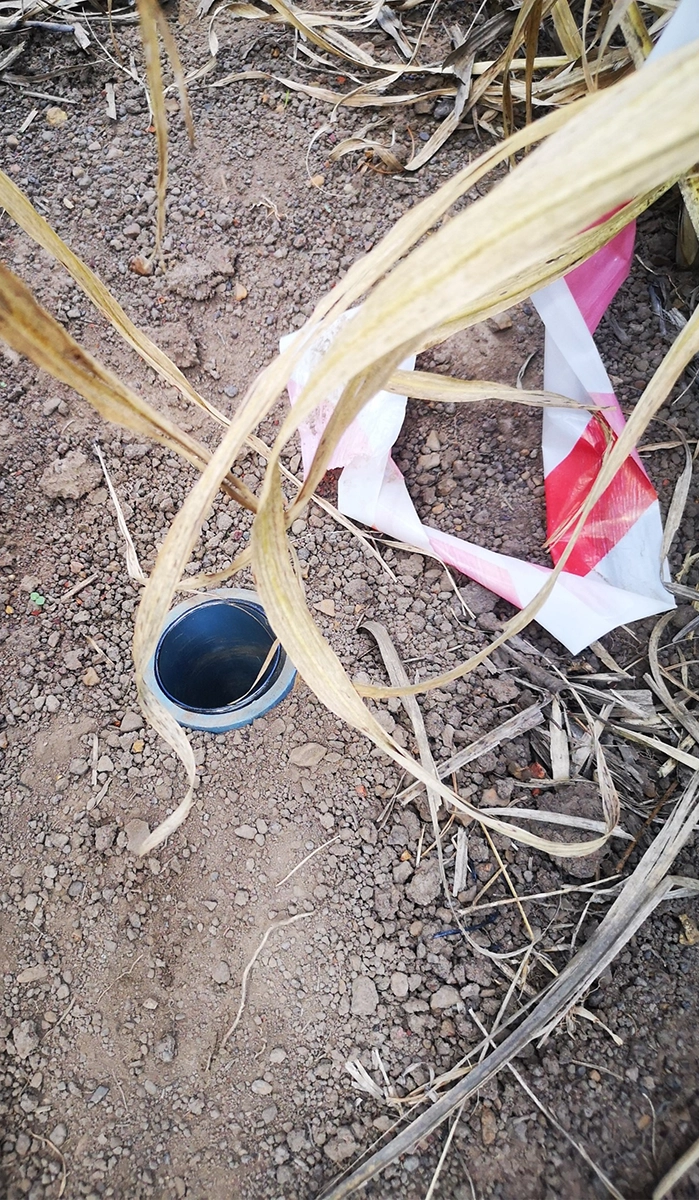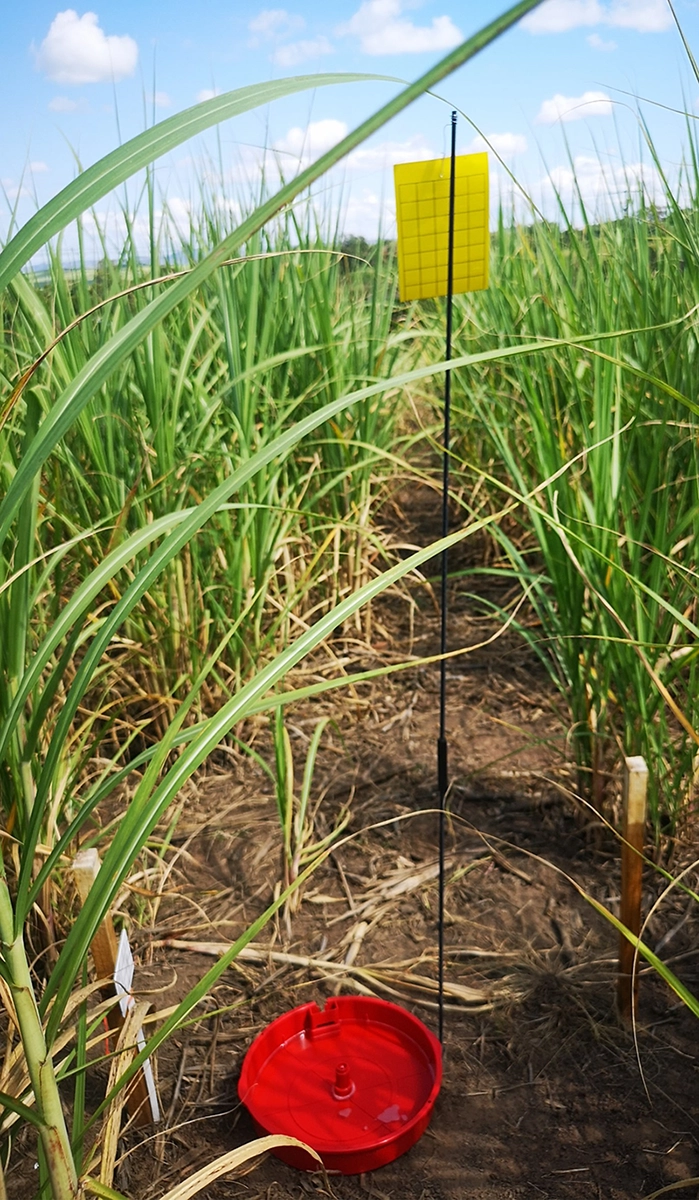


Dr Lawrence Malinga (Senior Research Entomologist) and Roshay Smith (MSc Student)
To establish how insect dynamics may have changed, a study was conducted to provide recent baseline data on the diversity and abundance of insects in conventional sugarcane based on two sugarcane fields in KwaZulu-Natal. Three sampling methods, namely pitfall, sticky and water pan traps, were used to sample insects in rainfed and irrigated sugarcane in Gingindlovu and Pongola from March to October 2022.
This study collected 12 493 insects belonging to 14 insect orders and 88 families in rainfed sugarcane and 22 309 insects belonging to 14 orders and 94 families in irrigated sugarcane. The most abundant insects in irrigated sugarcane were flies (Diptera – 41%), true bugs (Hemiptera – 29%) and Hymenoptera (sawflies, wasps, bees, and ants – 16%). The most abundant families were leafhoppers (21%) and dance flies (18%).
In rainfed sugarcane, Hymenoptera (29%) had the highest abundance of insects with 14 insect families, followed by beetles (Coleoptera – 20%) with 17 insect families and Diptera (17%) with 20 insect families. The most abundant families were ants (24%) and crickets (12%).



